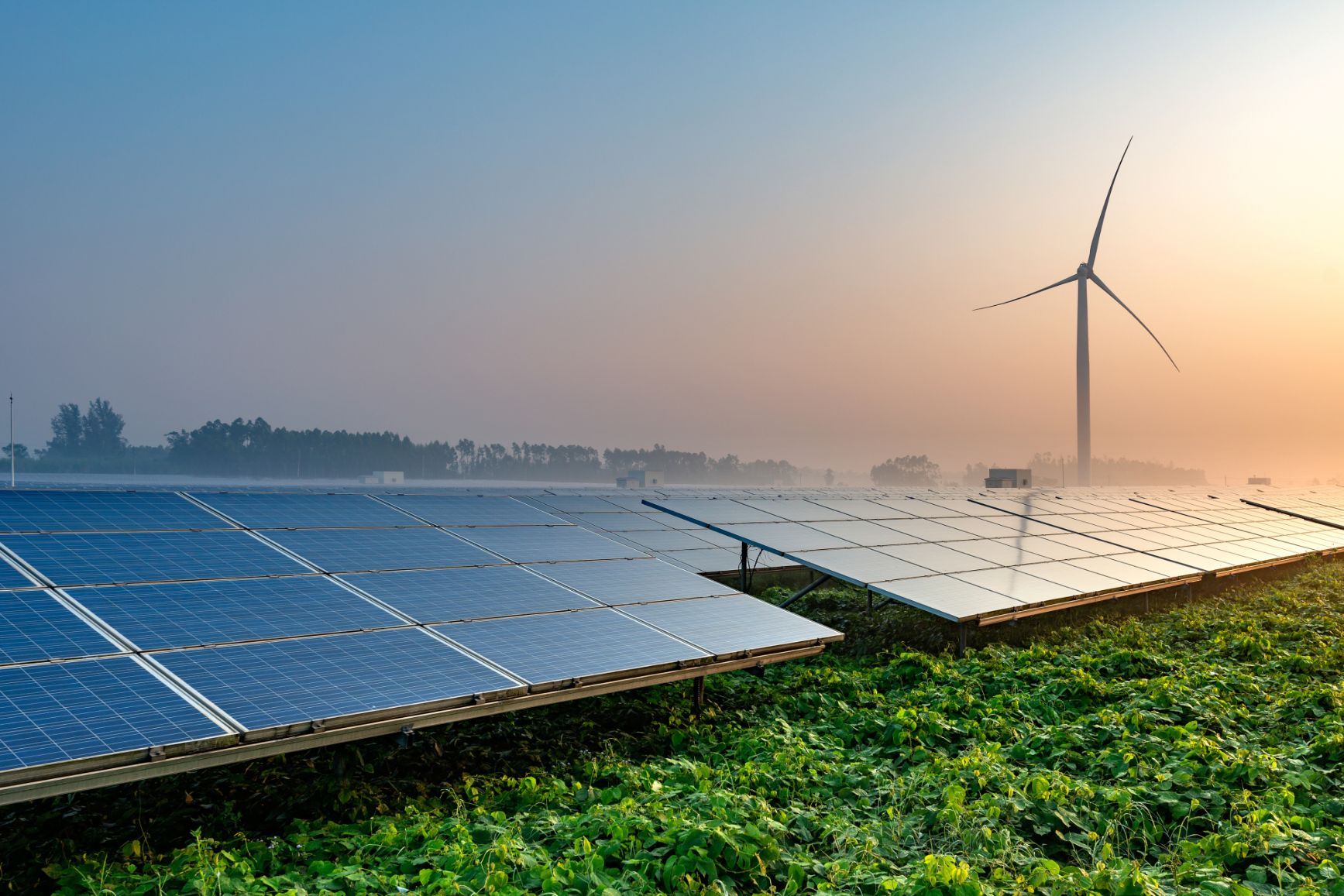Integration and Collaboration: Breaking Down Silos For Mutual Benefit
)
I’m often asked where I see the controlled environment agriculture and vertical farming industries being in 10, 20 or even 50 years’ time. This is partly because, as someone who runs an industry association, horizon scanning is a part of the job. It’s also partly because, for one reason and another, we all love to gaze into the crystal ball.
If there is one answer I would give to this question above all others, at least for the next 5-10 years, it’s integration integration integration. Now that the technology is fairly mature, the critical task is to work out how to integrate with other wider systems – across agriculture, transport & logistics, energy, circular economies, the bioeconomy… the list goes on. Vertical Farming is one tool in the box, and we have to use all the tools if we are going to fix our economy and restore the natural environment around us.
There are, however, some obstacles to achieving this. The first is energy. It is true to say that any vertical farm is necessarily only as sustainable as its energy source. So we have to find ways to sustainably power these operations.
The second big one is scaling up, aptly framed by a member of the precision fermentation community in conversation as the “5 litre to 5000 litre problem”. In vertical farming, it might as well be called the “100m2 to 10000m2 problem” – the principle is the same.
Another big challenge is of course labour, which leads inevitably to automation, which in turn circles back to the previous two points.
And there is always the question of policy, with a need for strong frameworks and an ecosystem of support for innovative and emerging technologies and approaches, and their integration into wider systems.
There are doubtless many other such challenges, but as you may have gathered from the title of this piece, the point is that I strongly believe that collaboration is the key to addressing these challenges and overcoming the obstacles they present.
What we need to do is to break down silos and get people from different sectors talking to each other, and working together on addressing the problems we face. If we can get the right support - public and private, policy and finance - we can put a bridge across the ‘chasm of death’ that prevents promising technologies and approaches from scaling up. If we can scale up significantly, we can make similarly significant progress on automation. We can also engage with the energy sector and, as decarbonisation is (hopefully) ongoing within our energy networks, we can sustainably power ourselves. Working together, we can achieve and be far more than we can apart.
That’s why UKUAT has joined IBioIC and offered them membership of our network in turn. We want to actively seek opportunities to talk with and work with others. We’re keen to get involved and look forward to the collaborations and integrations that lie ahead!

